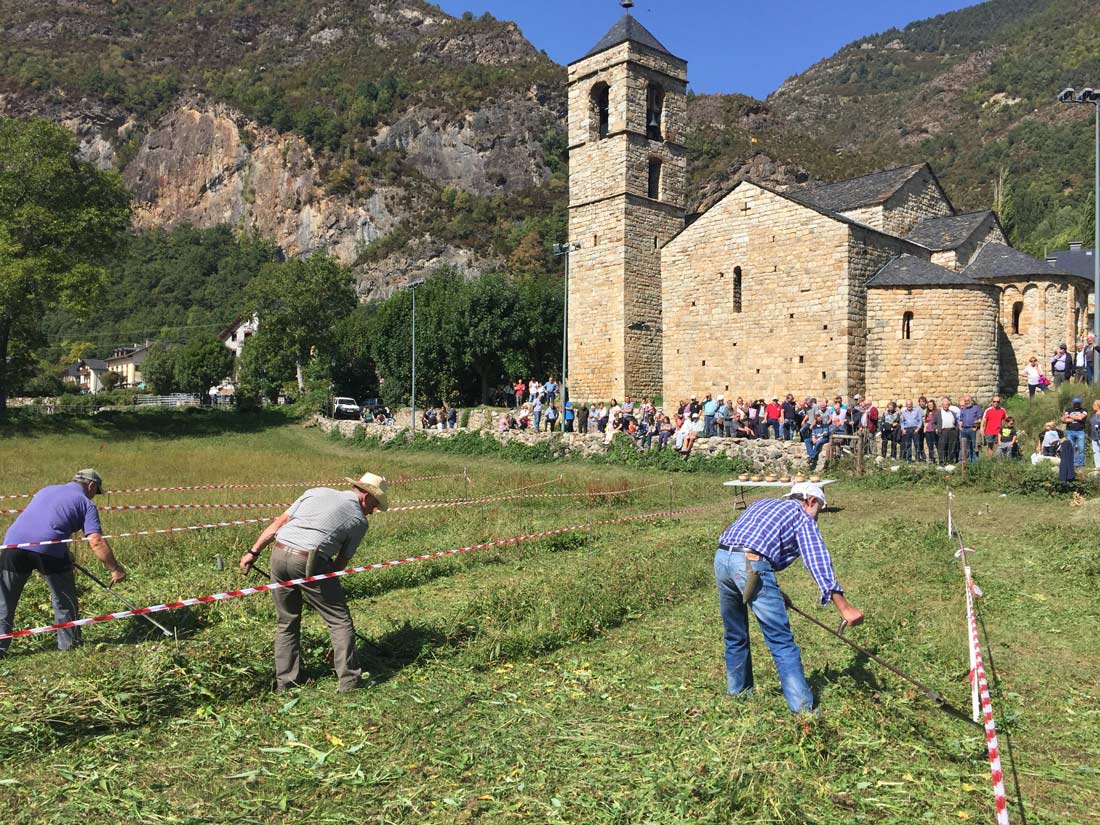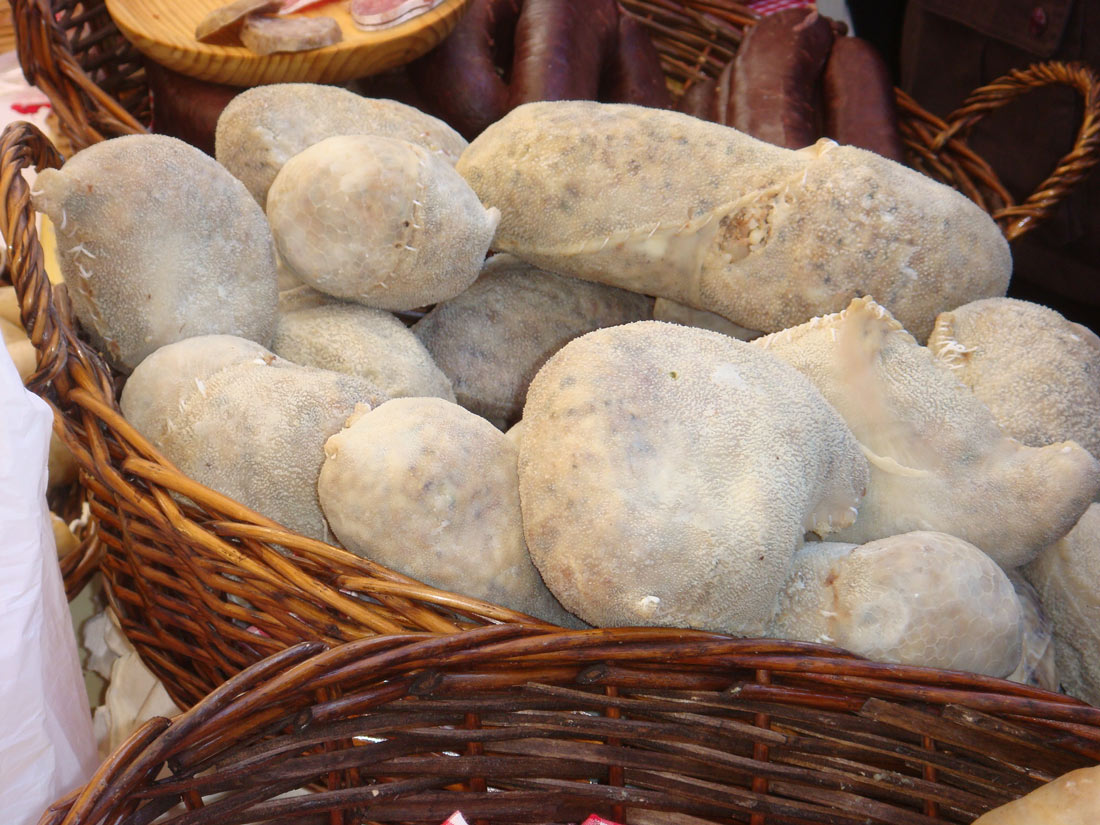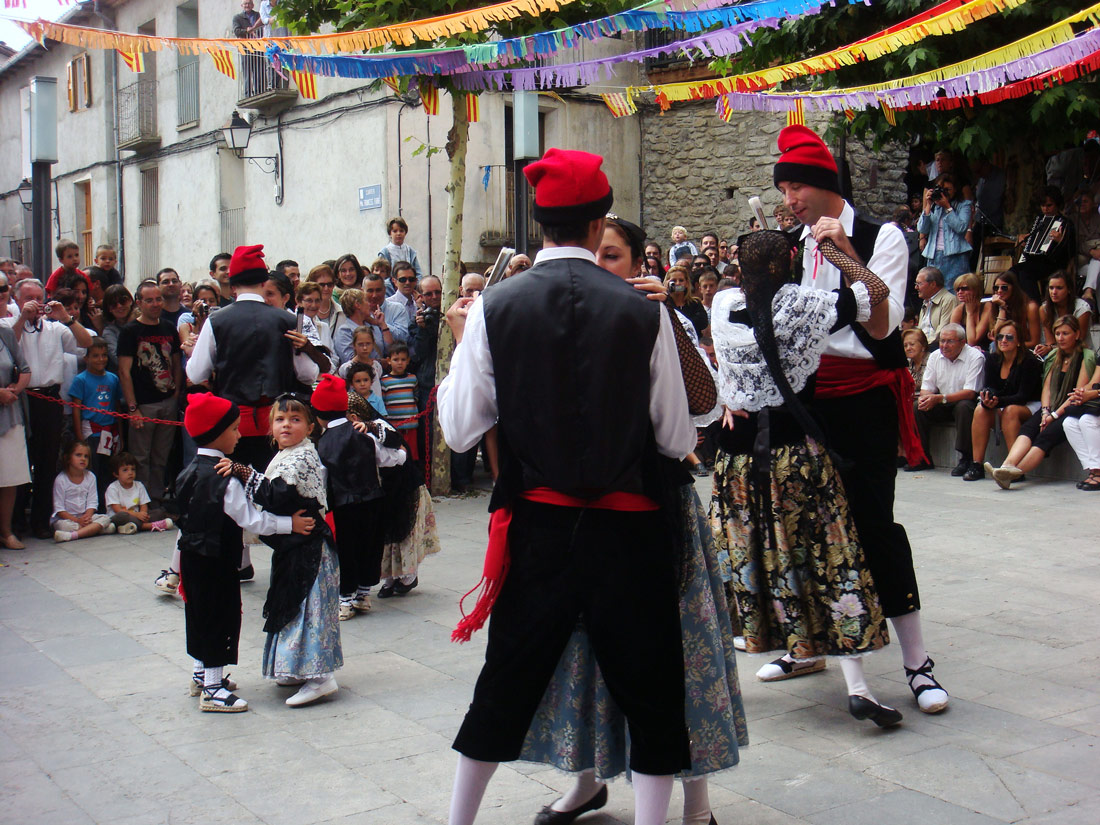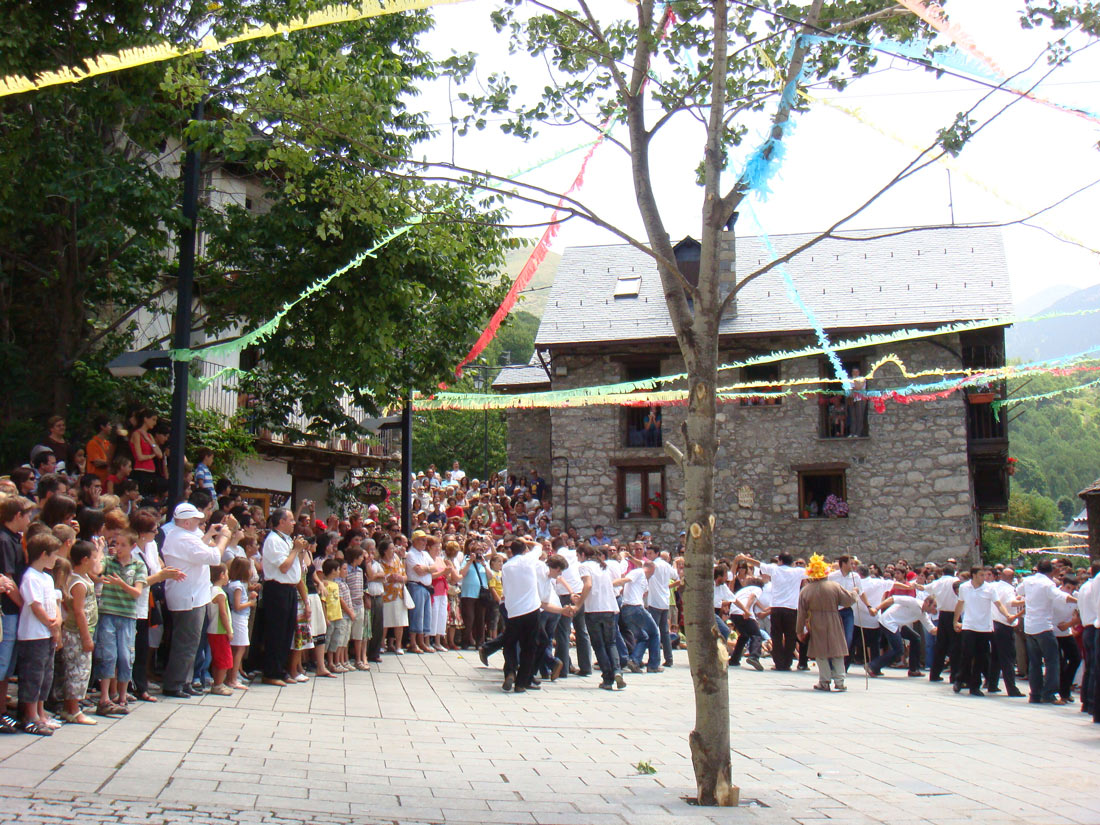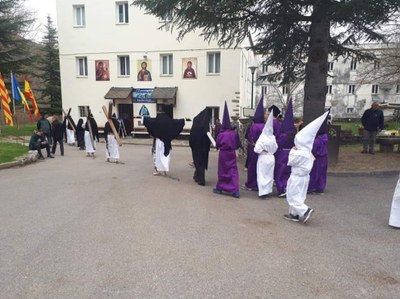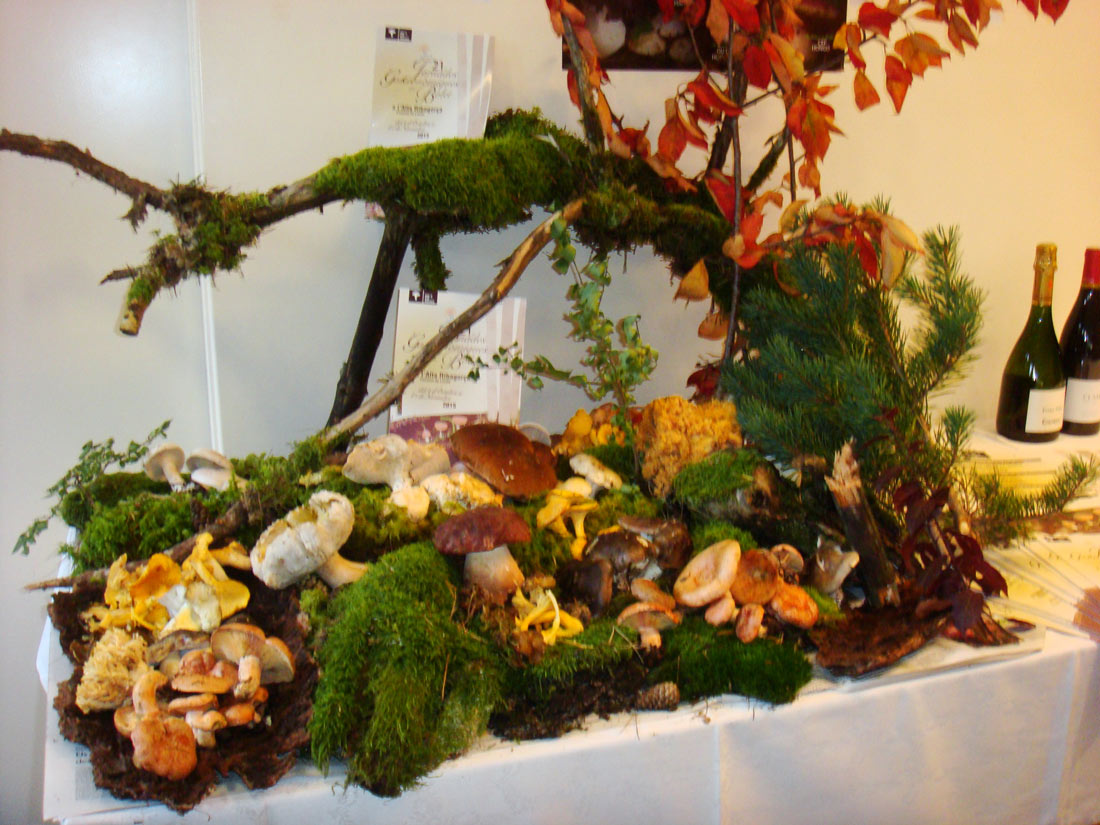INTANGIBLE CULTURAL HERITAGE
L'ALTA RIBAGORÇA
THE AUTHENTIC ESSENCE OF THE PYRENEES
This is a really authentic land. In L’Alta Ribagorça, the Pyrenees conserve the essence of a thousand-year-old culture that has been passed down from generation to generation; it is the culture of a people who love every inch of their land and heritage. This is part of a country that has been favoured by the Gods; it is a land rich in Romanesque heritage and a dream-like natural setting, which the citizens of Alta Ribagorça are incredibly proud of and which has forged a rural character that has resisted the passing of the centuries.
The journey
It is possible to savour the intangible cultural heritage of L’Alta Ribagorça at each festa de les falls (burning torch festival), at each fair, at each festa major (main local festival) which follows a programme inherited from antiquity, and at each dance. From the month of May onwards, the comarca (local district) is alive with the baixades de les falles (the descent of the burning torches), which is just one of these ancestral rites. These are festivities that strengthen the bonds between young people and their parents, grandparents and ancestors, in a choreography that goes arm in arm with the fire that marks their commitment to the comarca and to its people. In the dark of the Ribagorça night, people are purified by the fire that they have inherited from the Pyrenees and which their elders have shown them how to love and respect. Each village welcomes its visitors in its own way, on nights to remember. Durro, Senet, Barruera, Boí, Casós, El Pont de Suert, Vilaller, Erill la Vall, Taüll and Llesp are all set alight with emotion at a festival that has bound them to this land for evermore.
Not to be missed
Falles: the Fire Festival.
From the first fortnight in June, at Durro, Senet, Barruera, Boí, Casós, El Pont de Suert, Vilaller, Erill la Vall, Taüll and Llesp.
The comarca also seduces its visitors by day, when they sit down to eat. The families of L’Alta Ribagorça have remained loyal to their livestock farming and culinary traditions and offer their visitors an inherited basket of food products marked by the quality of work done well. The valleys enjoy showing both local people and visitors their best heads of cattle and meat and dairy products at the local fairs which, as if following a sacred calendar, are held in each village on an annual basis. At the end of September, Barruera invites everyone to its Fira del Bestiar (Cattle Fair), so that they can admire the livestock, buying and selling the best examples, as they have done all their lives. It is also possible to learn to carve objects by hand and to take part in the handicraft exhibition of the Pyrenees. On the third Sunday in October, it is El Pont de Suert that invites visitors to discover and taste its most appreciated gastronomic treasure, at the Fira de la Girella (Cured Lamb Sausage Fair). There, a programme of activities teaches people how to make this cured sausage, which is a product of the local passion for lamb, and enjoy eating it in the best of settings: surrounded by an exhibition of local traditions and commerce. At the beginning of November, Vilaller becomes the centre of the comarca, with the Fira de Tots Sants (All Saints Fair), which is the oldest of those held in L’Alta Ribagorça. Visitors can walk through an exhibition of cattle and enjoy the emotion of a Pyrenean brown cow contest, while they enjoy the best girelles. This is an authentic journey to the very soul of the comarca.
The route that takes in traditional meeting places includes a very special date with the Festa de la Confraria de Sant Sebastià (Festival of the Brotherhood of St Sebastian) of El Pont de Suert, which dates from 1503 and remains one of the great manifestations of popular intangible cultural heritage in the comarca. On 19th, 20th and 21st January, families are busy renewing their vows to Sant Sebastià at a festival that combines a love of good food, social gatherings, and dishes that have been handed down from older generations, such as lamb stew, meat hotpot, bread soups, vianda and the essential freginat. These are three days simply bursting with Pyrenean culture.
Fira de Tots Sants (All Saints Fair) of Vilaller.
2nd November.
Festa de la Confraria de Sant Sebastià (Festival of the Brotherhood St Sebastian) of El Pont de Suert.
In recent years, the gastronomy of the comarca has become an element for cultural and touristic promotion. It has been relaunched in the form of numerous modern dishes and recipes, many of which already formed part of the home cooking of the most traditional families. On a trip through L’Alta Ribagorça, it is wise to let tradition and historical connections set the route. This will lead visitors from meal to meal associated with livestock-rearing, agricultural and craft traditions, including dishes of lamb, escudella (soup stew) which goes by the local name of vianda, various pig product derivatives, civets (stews made from local game) and mushrooms. This comarca puts on its kitchen apron every autumn at the Jornades Gastronòmiques (Gastronomy Sessions), which include the participation of leading restaurateurs and the Patronat Comarcal de Turisme (Local District Tourist Board).
The tradition of the Pyrenees then jumps from the plate to the post-meal conversations, and from there to musical instruments and dancing. The local festivities are full of these, with accordions and violins giving atmosphere to the dining rooms and village squares, through melodies that the local people have known from when they were small children. At the end of June, at the Festa Major de Sant Pere (Main Festival in honour of St Peter), Malpàs hosts the only baton dance held in this comarca. It does so with the pride of having conserved this living expression of the history of the village. Continuing with songs and tradition, on the third Sunday in July, Taüll invites everyone to its Festa de Sant Isidre which includes the Ball Pla, Ball de Sant Isidre and La Pila, which involves the building of a human tower. Visitors can enjoy courting choreographies and celebratory dances that are reflected in the expressions of joy of the local people, who are happy to belong to a thousand-year-old culture which resists the passing of time. The songs have become veritable hymns for the people of La Ribagorça. It is also possible to enjoy the Ball Pla during the Festa Xica (Minor Festival) of Durro, at the beginning of September, performed by two married and two single men. At Vilaller, it is possible to relive this merriment, in splendid company, at the Festa Major and through the Ball del Tatero. In this dance, four married and single couples, wearing traditional dress, dance in the four corners of the village square, performing a ritual learnt as a rite and mimicked from the mountains. The local people anxiously await their turn and celebrate this representation of their immaterial cultural heritage with emotion, appreciating the values of time-honoured tradition, before the eyes of their visitors.
This journey to discover the intangible cultural heritage of the comarca concludes with visitors letting themselves be seduced by the culture of health and well-being provided by the local warm-water springs, which have given rise to a cult of thermal waters that is now a point of reference in the Pyrenees. The local hotels and spas offer days of communion with nature, enabling visitors to return home feeling refreshed and knowing that they have been left with part of L’Alta Ribagorça within them.
Ball de Bastons (Baton Dance) of Malpàs.
Festa Major de Sant Pere (Main Festival in honour of St Peter), on 29th June.
Festa de Sant Isidre (Festival of St Isidore): Ball Pla, Ball de Sant Isidre and La Pila.
Third Sunday in July.
Jornades Gastronòmiques KM 0 (Local Gastronomy Sessions) of L’Alta Ribagorça.
In autumn, throughout the comarca.
Thermal waters.
Hotels and spas in the comarca.
